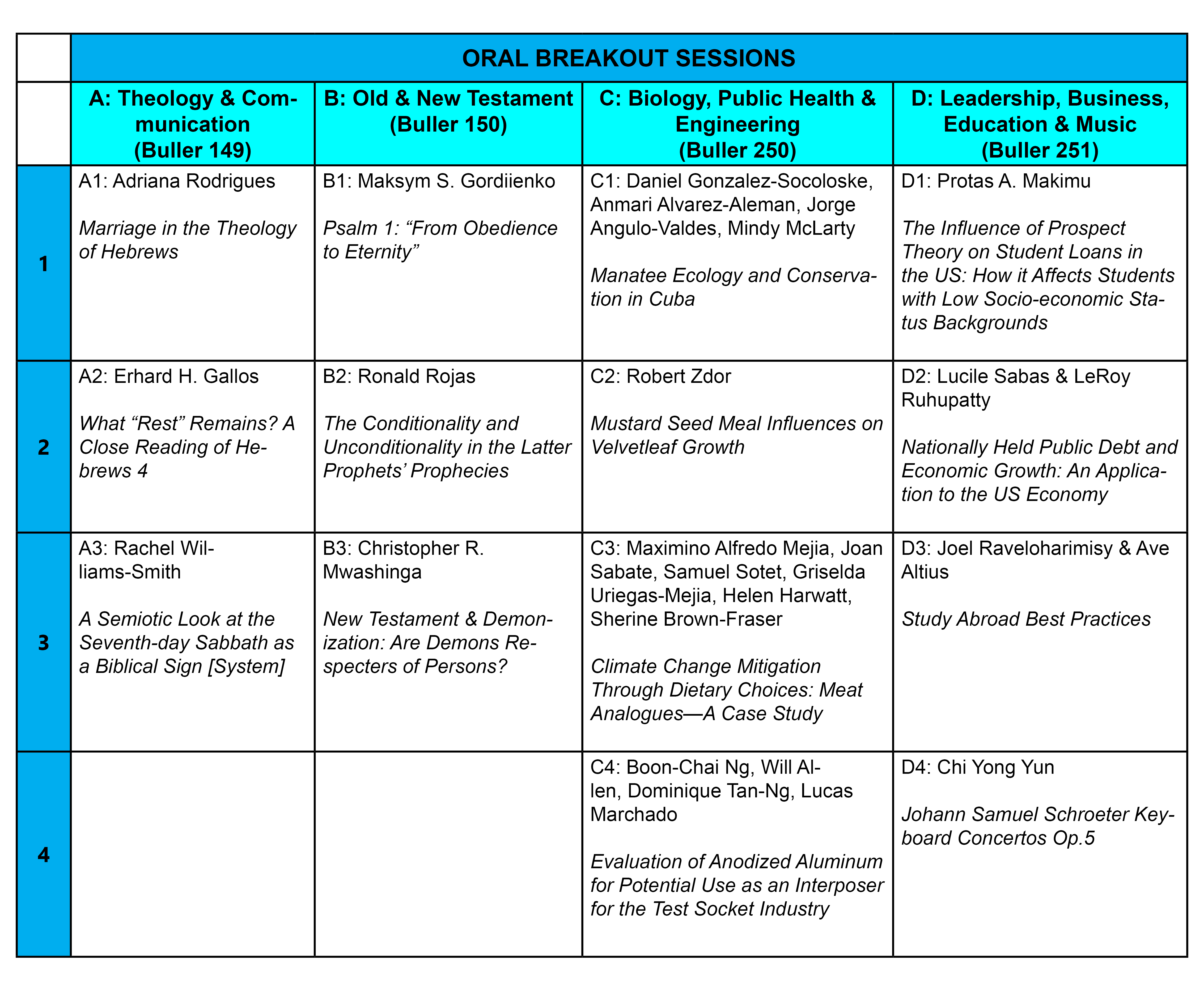
Oral Breakout Sessions
Presentation Title
C-1 Manatee Ecology and Conservation in Cuba
Presenter Status
Assistant Professor, Department of Biology
Second Presenter Status
Center for Marine Research
Third Presenter Status
Center for Marine Research
Fourth Presenter Status
Graduate Student, Department of Biology
Preferred Session
Oral Session
Start Date
30-10-2015 3:00 PM
End Date
30-10-2015 3:15 PM
Presentation Abstract
Manatees inhabit fresh, brackish, and marine waters. All species of manatees are currently listed as Vulnerable, due primarily to habitat loss, poaching, entanglement, and other anthropogenic causes. One of the major challenges in ecological studies of manatees is the difficulty of detecting them in their natural habitats, particularly in regions where they have been historically or are currently hunted, as is the case with the West Indian manatee in Cuba. Challenging habitat characteristics (tannin-stained or turbid waters) coupled with elusive and cryptic behavior also impede the study and management of this species. Scientific studies in Cuba have been few and little is known about the abundance, habitat use, movement patterns, behavior, structure, and current health status of the manatee population. The current distribution in Cuba comes from anecdotal information and sporadic mortality records. Despite these limitations, the Center of Marine Investigations (University of Havana) is currently leading a multi-year study of the manatees in the Isla de la Juventud, in order to provide scientifically based recommendations to the government to assist in the management and conservation of this species. The objectives of the multiyear study are: 1. Implement and validate survey methodologies to determine the abundance and distribution of manatees. 2. Locate and characterize critical habitat for the species. 3. Study patterns of habitat use and movements. 4. Analyze food habits of the species. 5. Detect threats to the species. Here we report preliminary results from our collaboration with objectives 1 and 2 over the last two years.
C-1 Manatee Ecology and Conservation in Cuba
Manatees inhabit fresh, brackish, and marine waters. All species of manatees are currently listed as Vulnerable, due primarily to habitat loss, poaching, entanglement, and other anthropogenic causes. One of the major challenges in ecological studies of manatees is the difficulty of detecting them in their natural habitats, particularly in regions where they have been historically or are currently hunted, as is the case with the West Indian manatee in Cuba. Challenging habitat characteristics (tannin-stained or turbid waters) coupled with elusive and cryptic behavior also impede the study and management of this species. Scientific studies in Cuba have been few and little is known about the abundance, habitat use, movement patterns, behavior, structure, and current health status of the manatee population. The current distribution in Cuba comes from anecdotal information and sporadic mortality records. Despite these limitations, the Center of Marine Investigations (University of Havana) is currently leading a multi-year study of the manatees in the Isla de la Juventud, in order to provide scientifically based recommendations to the government to assist in the management and conservation of this species. The objectives of the multiyear study are: 1. Implement and validate survey methodologies to determine the abundance and distribution of manatees. 2. Locate and characterize critical habitat for the species. 3. Study patterns of habitat use and movements. 4. Analyze food habits of the species. 5. Detect threats to the species. Here we report preliminary results from our collaboration with objectives 1 and 2 over the last two years.



Acknowledgments
Funding provided in part by Andrews University Faculty Research Grant and Operation Wallacea Cuba.